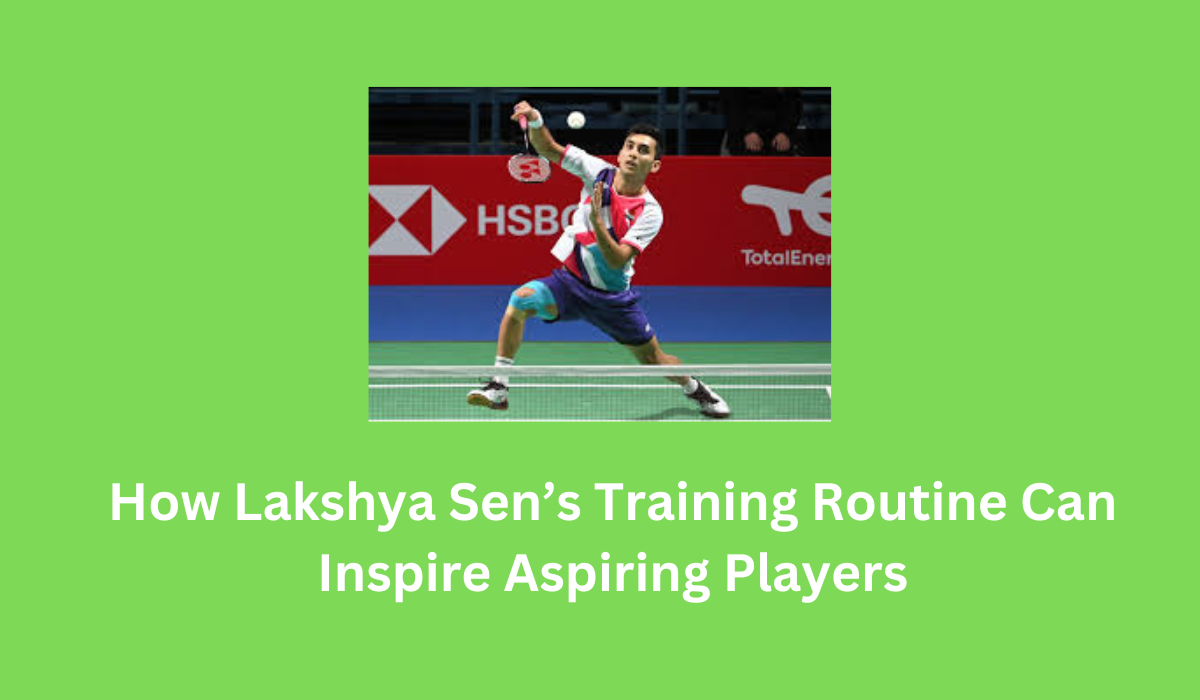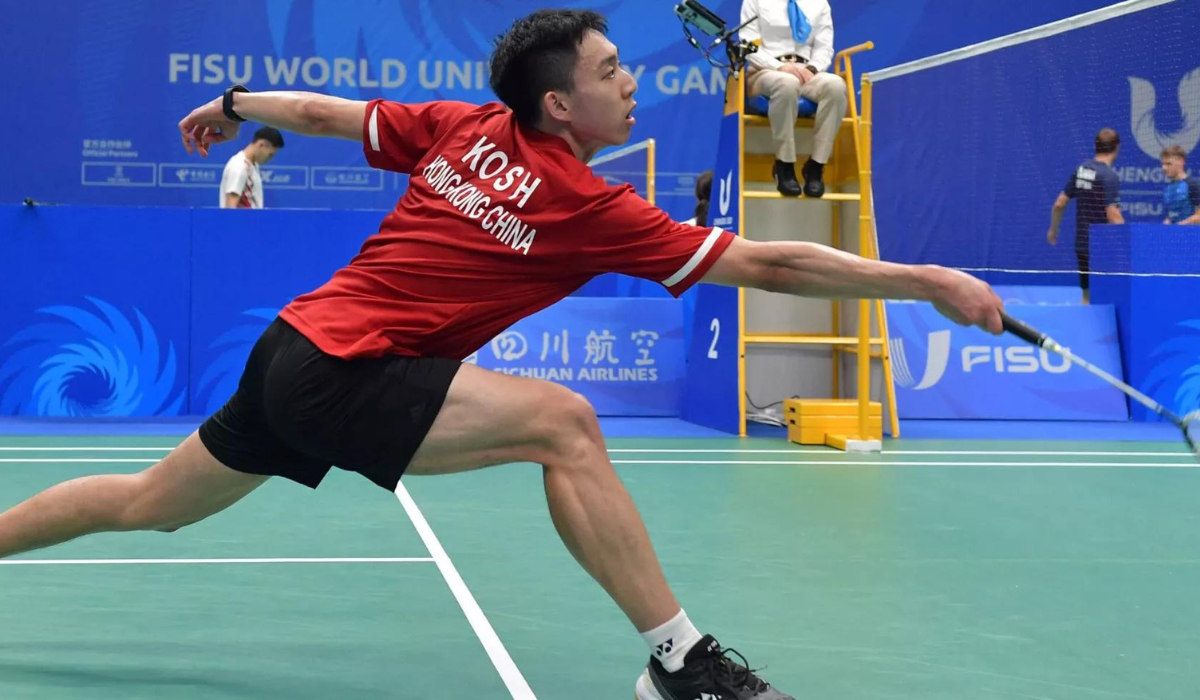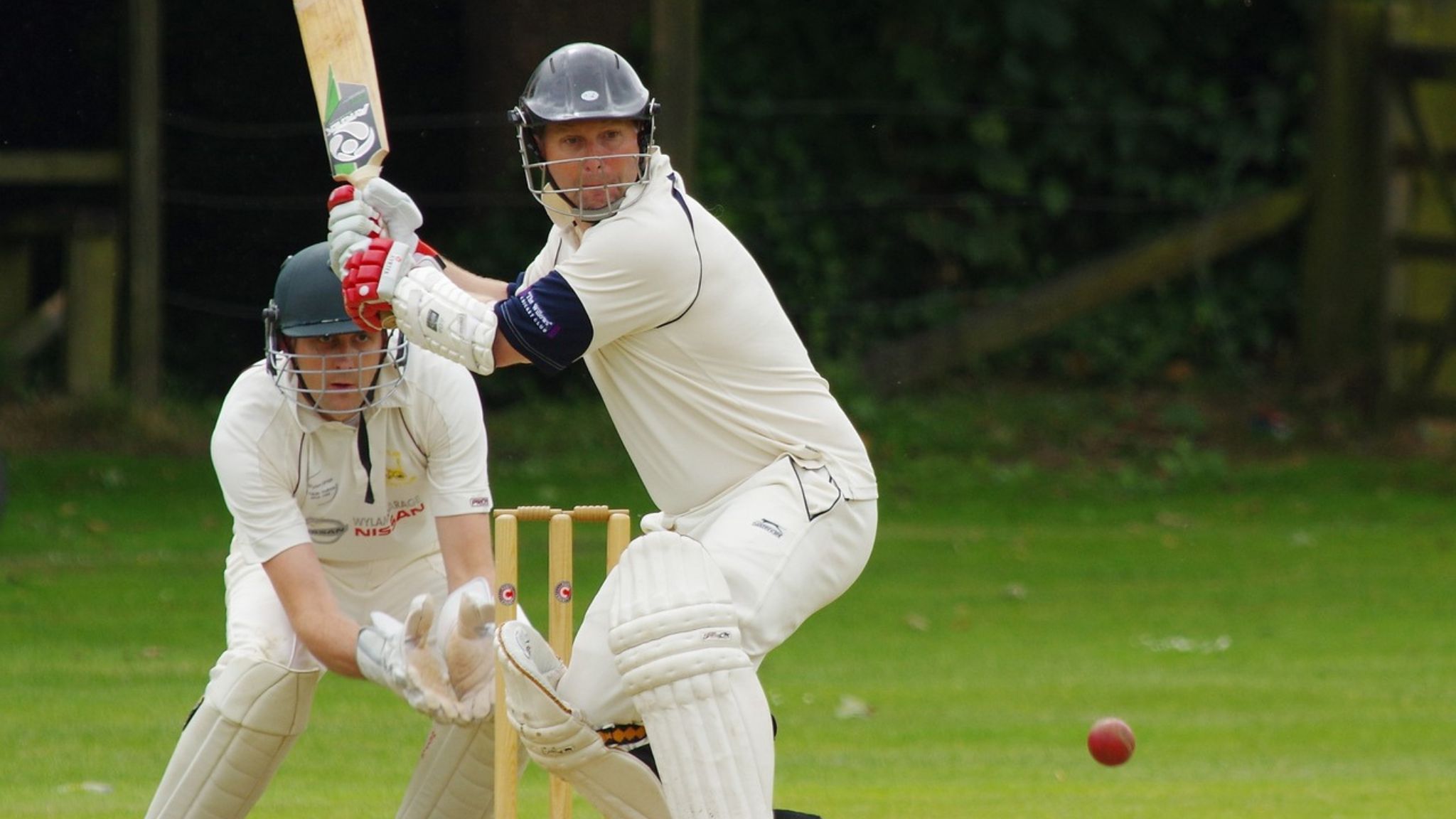Introduction
Badminton isn’t just about powerful smashes and delicate net shots; it’s a game of swift movements and precise footwork. Footwork in badminton is akin to the foundation of a house—without a solid base, everything else crumbles. In this article, we’ll delve into the importance of footwork in badminton and explore various techniques to enhance it.
Table of Contents
Understanding Footwork in Badminton
So, what exactly is footwork in badminton? It refers to the way players move their feet to reach the shuttlecock efficiently. Good footwork allows players to be in the right position to execute their shots effectively, making it a crucial aspect of the game.
The Significance of Footwork in Badminton
Footwork is crucial in badminton as it enhances a player’s agility, balance, and speed, allowing them to reach the shuttlecock efficiently. Good footwork enables quick directional changes and stable shots, maximizing the player’s ability to cover the court and respond to opponents’ plays. It helps in maintaining optimal positioning, reducing the risk of injuries, and conserving energy by avoiding unnecessary movements. Effective footwork is fundamental for executing precise shots, whether offensive or defensive, and is a key factor in a player’s overall performance and success in matches. Therefore, mastering footwork is essential for any competitive badminton player.
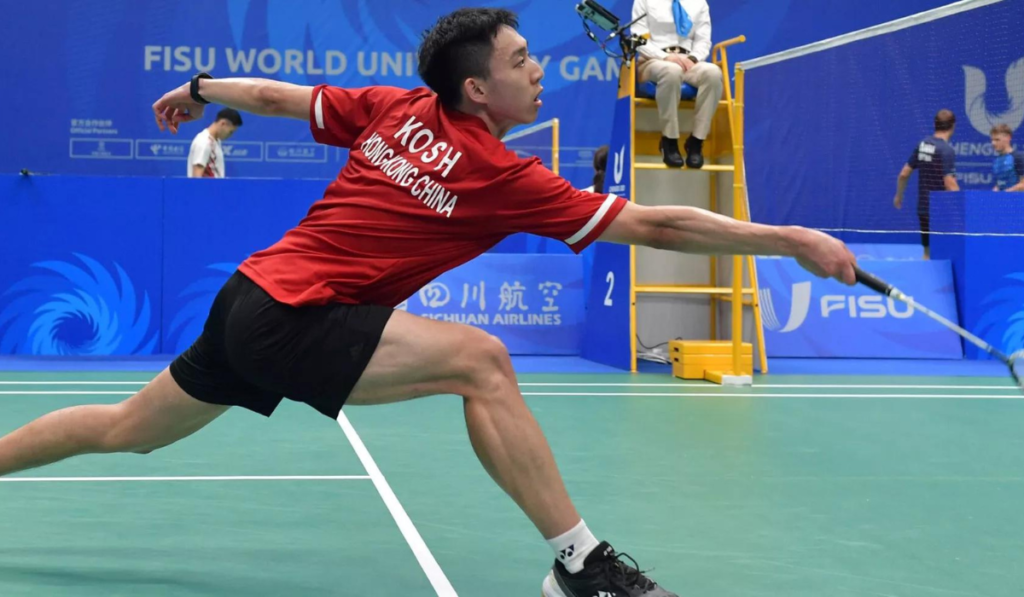
Enhancing Agility and Speed
Quick and efficient footwork increases your agility, enabling you to cover the court swiftly. This agility is vital when you need to retrieve difficult shots or maintain pressure on your opponent.
Improving Shot Accuracy
Being in the right position thanks to good footwork helps you hit shots with greater accuracy. When your body is balanced, your shots are more precise and controlled.
Reducing Injury Risk
Proper footwork also helps in minimizing the risk of injuries. By maintaining balance and using the correct techniques, you reduce the strain on your muscles and joints.
Basic Principles of Badminton Footwork
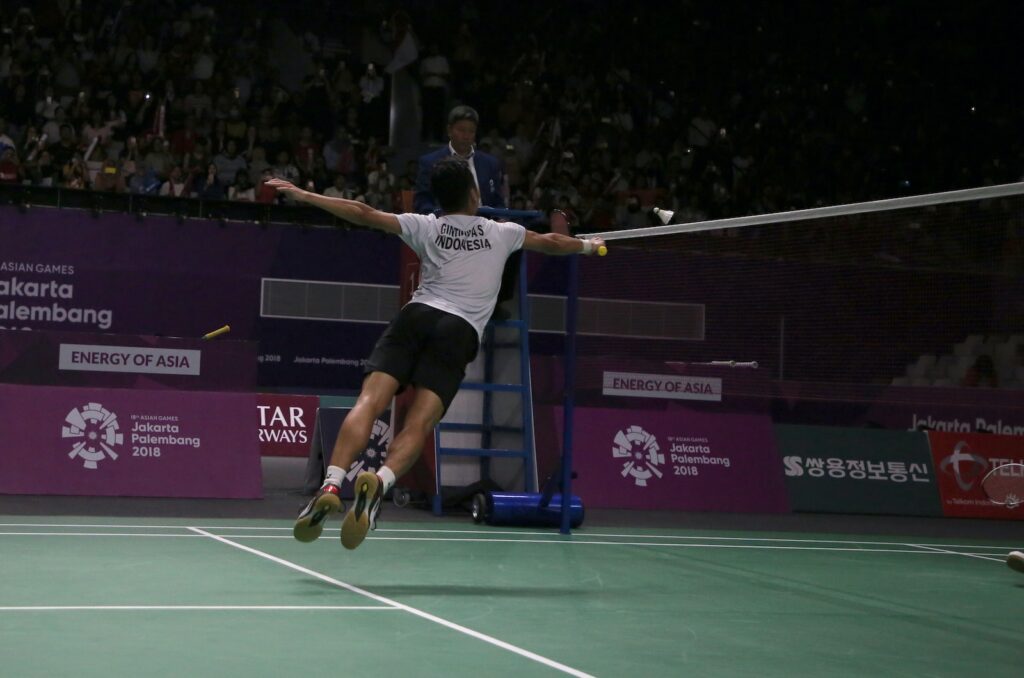
Maintaining Balance and Posture
Balance is key. In badminton footwork, maintaining balance and posture is crucial for effective movement and shot execution. Always keep your center of gravity low and maintain a stable posture. Proper posture ensures stability, while good balance allows quick directional changes and recovery. This combination enhances court coverage, reduces injury risk, and improves overall performance by enabling precise and controlled shots.
Efficient Movement and Positioning
Move efficiently by taking the shortest path to the shuttlecock. Proper positioning means you can reach the shuttle with minimal effort, saving energy for longer rallies.
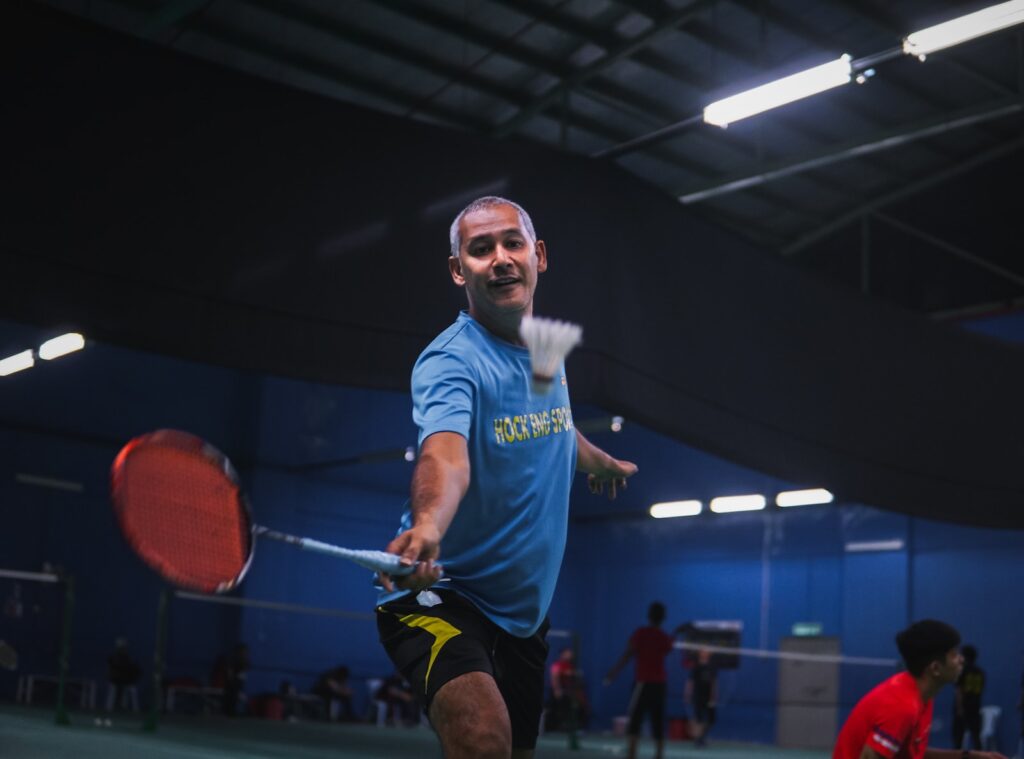
Coordination and Timing
Footwork is not just about moving fast; it’s also about moving at the right time. Good coordination ensures that your movements are in sync with your strokes, enhancing your overall gameplay.
Types of Footwork Movements
Split Step
The split step is a preparatory movement where you slightly jump and land on both feet just before your opponent hits the shuttle. It helps you react quickly to their shot.
To improve your split step in badminton, practice timing it with your opponent’s hit. Focus on landing with feet shoulder-width apart and knees bent. Enhance agility and explosiveness through ladder drills, plyometrics like box jumps, and strength training exercises such as squats and calf raises.
Side Step
Side stepping allows you to move laterally across the court. It’s useful for positioning yourself to hit shots that are directed to your sides.
The side step in badminton is a fundamental movement used to reposition quickly and maintain balance. By shifting weight laterally, players enhance their agility and readiness to return shots. This maneuver is crucial for covering the court efficiently, especially when facing smashes or drops from the opponent’s side.
Lunge
Lunging is used to reach shots that are far from your body, particularly those near the net. It’s important to practice lunging correctly to avoid injuries.
Crossover Step
The crossover step is used to move diagonally across the court, often in defensive situations. It helps cover larger distances efficiently. The crossover step in badminton is an advanced footwork technique used for rapid court coverage. It involves crossing one foot over the other to quickly move sideways. This step enhances speed and agility, enabling players to reach distant shots efficiently, particularly when transitioning from defense to offense.
Scissor Kick
The scissor kick in badminton is a dynamic and advanced footwork technique used primarily for executing powerful overhead shots, such as smashes and clears. This maneuver involves jumping off one foot, usually the non-racket foot, and kicking the other foot forward in a scissor-like motion while hitting the shuttlecock. The scissor kick helps players generate additional power and maintain balance during the shot. It also enables quick recovery and transition to the next position on the court. Mastering this technique is crucial for high-level play, as it allows players to cover the court more effectively and respond to fast, deep shots.
Footwork for Different Shots
Footwork for Forehand Shots
Effective footwork for forehand shots in badminton involves a split step for readiness, followed by quick, small steps to position yourself. Use a lunge or side step to reach the shuttlecock, ensuring balance and stability. This precise movement allows for powerful, accurate shots and quick recovery for the next play.
Footwork for Backhand Shots
Backhand shots require you to move your racket foot behind your body. This positioning gives you the leverage needed for a powerful backhand.
Footwork for Smashes
For smashes, a combination of split steps and scissor kicks helps you get into position quickly and deliver a powerful shot.
Footwork for Net Shots
Net shots need quick, short steps. Being light on your feet and using a lunge can help you reach the shuttle faster and execute delicate shots.
Common Footwork Mistakes
Overreaching
Overreaching occurs when you extend your body too far, losing balance and control. Always move your feet instead of just stretching your arms.
Poor Balance
Poor balance makes it difficult to execute shots effectively. Focus on maintaining a stable posture and keeping your weight evenly distributed.
Slow Recovery
Slow recovery happens when you fail to return to a ready position quickly after a shot. Always aim to get back to the center of the court to be prepared for the next shot.
Drills to Improve Footwork
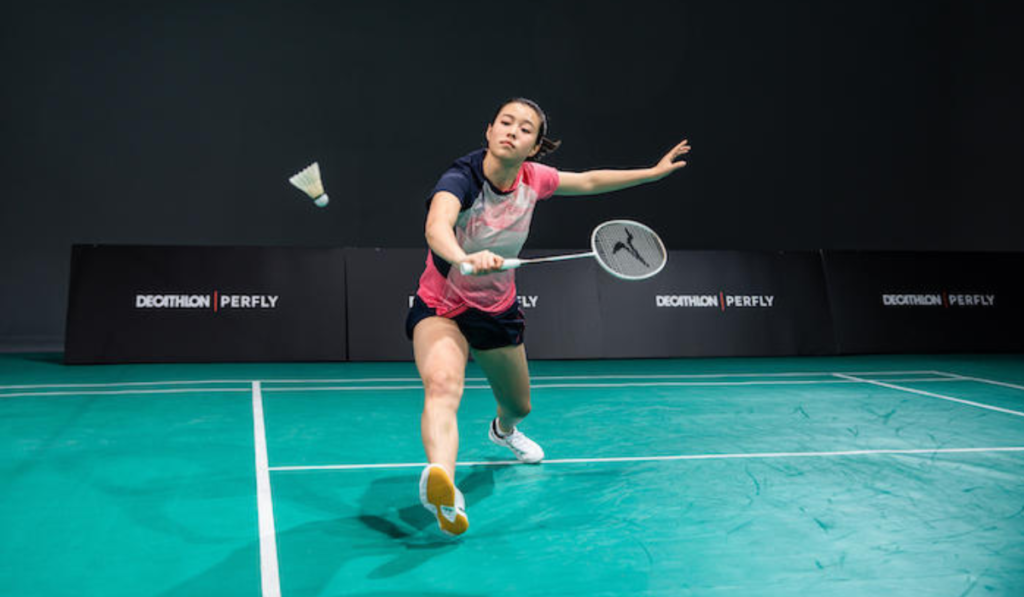
Shadow Badminton
Shadow badminton drills enhance footwork, agility, and court coverage without using a shuttlecock. Stand at the court’s center and practice moving to all corners—forecourt, midcourt, and rear court—returning to the base after each movement. Perform forward and backward lunges, side-to-side shuffles, and combination drills. For advanced training, respond to random directions called out by a partner or use timed drills for continuous movement. Maintain proper form, focus on footwork, and visualize hitting the shuttlecock. Regular practice builds muscle memory and improves court performance. Finish with a cool-down of light jogging and stretching.
Ladder Drills
Ladder drills enhance agility and coordination. By moving your feet quickly through a ladder laid on the ground, you improve your foot speed and precision.
Cone Drills
Set up cones around the court and practice moving to each one with different footwork techniques. This drill helps in improving directional movement.
Shuttle Runs
Shuttle runs involve sprinting back and forth between two points. They are excellent for building endurance and speed.
Strength and Conditioning for Better Footwork
Plyometric Exercises
Plyometric exercises, like box jumps and burpees, enhance explosive power and speed, which are essential for quick movements on the court.
Strength Training
Strength training, focusing on your legs and core, provides the muscle power needed for dynamic movements and stability.
Flexibility Exercises
Flexibility exercises, such as stretching and yoga, improve your range of motion, reducing the risk of injuries and enhancing your ability to reach for distant shots.
Mental Aspects of Footwork

Concentration and Focus
Good footwork requires intense concentration. By focusing on the shuttle and anticipating your opponent’s moves, you can react more swiftly.
Anticipation and Reaction
Anticipation in badminton footwork involves predicting your opponent’s shots based on cues like their stance and racket position, allowing you to move strategically before the shuttlecock is hit. Reaction, on the other hand, is the ability to swiftly adjust and move in response to your opponent’s shot, requiring quick footwork and agile movement. To improve, practice drills that simulate game scenarios, focus on reading your opponent’s intentions, and develop rapid reflexes. Enhancing anticipation and reaction skills not only improves your ability to anticipate shots but also allows you to respond effectively, gaining a competitive edge on the badminton court.
The Role of Coaching in Footwork Improvement
Personalized Feedback
A coach can provide personalized feedback, helping you identify and correct specific issues in your footwork.
Technical and Tactical Guidance
Coaches offer both technical tips and tactical advice, ensuring your footwork complements your overall strategy and playing style.
Footwork in Professional Badminton
Analysis of Top Players’ Footwork
Observing the footwork of top players, like Lin Dan or Carolina Marin, can provide insights into advanced techniques and strategies.
Lessons from Professional Matches
Watching professional matches helps you understand how footwork is used in different game situations, from defensive rallies to offensive plays.
Incorporating Technology in Footwork Training
Wearable Tech and Sensors
Wearable technology, such as fitness trackers and sensors, can monitor your movements and provide data on your footwork patterns and efficiency.
Video Analysis and Feedback
Recording your practice sessions and reviewing the footage allows you to see your footwork from a different perspective and identify areas for improvement.
Conclusion
In the fast-paced game of badminton, mastering footwork is essential for success. It enhances your agility, improves shot accuracy, and reduces the risk of injuries. By understanding the basic principles, practicing various types of footwork movements, and incorporating specific drills, you can significantly improve your footwork. Additionally, focusing on strength and conditioning, mental aspects, and learning from professional players can further enhance your skills. Remember, good footwork is the foundation of a strong badminton game, so prioritize it in your training regime.
FAQs
How often should I practice footwork drills?
Ideally, you should incorporate footwork drills into your training routine at least 3-4 times a week. Consistent practice is key to developing muscle memory and improving overall agility.
Can beginners focus solely on footwork?
While beginners should focus on all aspects of badminton, placing extra emphasis on footwork can provide a strong foundation. Good footwork will make learning other skills easier and more effective.
What are the best shoes for badminton footwork?
Badminton shoes with good grip, cushioning, and support are essential. They should provide lateral support to handle quick directional changes and reduce the risk of ankle injuries.
How do I know if my footwork is improving?
Improvement can be measured by increased agility on the court, better positioning for shots, and reduced fatigue during matches. Recording your practice sessions and comparing them over time can also help track progress.
Are there any online resources for learning badminton footwork?
Yes, there are numerous online resources including tutorial videos, articles, and courses that can help you learn and improve your footwork. Websites like YouTube, Badminton Famly, and various sports blogs offer valuable insights and tips.




